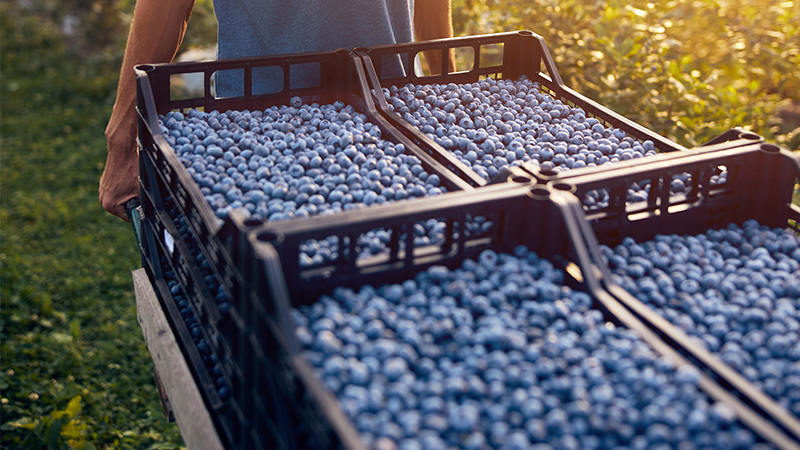Scientific Calculations Help Researchers Get Better Handle On HLB

University of Florida researchers have created a mathematical model that shows how HLB is transmitted within an infected tree – an important step toward helping scientists understand the devastating disease. HLB (aka-citrus greening) has cost Florida’s economy an estimated $3.63 billion in lost revenues since 2006.
The model, published this month by the journal Proceedings of the National Academy of Sciences, revealed that once a tree is infected, insecticides to control the pests that spread the disease may not be enough to halt the disease’s progression in the tree, and instead may only slow its spread within the tree.
Removal of obviously diseased new growth, called flush, or shoots, is not a solution either. The model shows that even without showing symptoms, many shoots may already be infected so that infection of other parts of the tree can continue.
Ariena van Bruggen, the professor who supervised the model’s creation, said having the model is “just a first step,” albeit an important one.
UF Emerging Pathogens Institute Director J. Glenn Morris Jr., also an author of the paper, said the model gives scientists subtle hints about which direction to go with future research.
At the heart of the problem: The bacterium that causes the disease is nearly impossible to culture in a laboratory, meaning scientists can’t isolate it and subject it to various substances to determine which, if any, might be effective against it.
Movement of the bacterium through the tree cannot be monitored, so it’s difficult to determine if the tree is more resistant to the disease movement after chemical treatments. The model shows that resistance to internal movement of the bacterium is one of the most important factors affecting its spread.
“This model gives us hints about experiments we can do, where to look, where to focus our efforts to solve the problem,” Morris said. “Creating a model to see if we can better understand the process of how the disease progresses in just one tree is a unique way to look at the problem.”
The model confirms that the odds of killing psyllids with insecticide sprays can vary, depending on the timing of the first spraying, spraying frequency, and the effectiveness of the insecticide itself.
Expanding the model to follow the disease’s progression as it moves from one tree to another is the next logical step for the research, van Bruggen said.
The other authors include Christinah Chiyaka, a postdoctoral fellow with the Emerging Pathogens Institute who developed the model; Burton H. Singer, also of EPI and a National Academy of Sciences member, and Susan Halbert, of the Florida Department of Agriculture and Consumer Services’ Division of Plant Industry.
Funding came from EPI, the Smallwood Foundation and the Howard Hughes Medical Institute.









